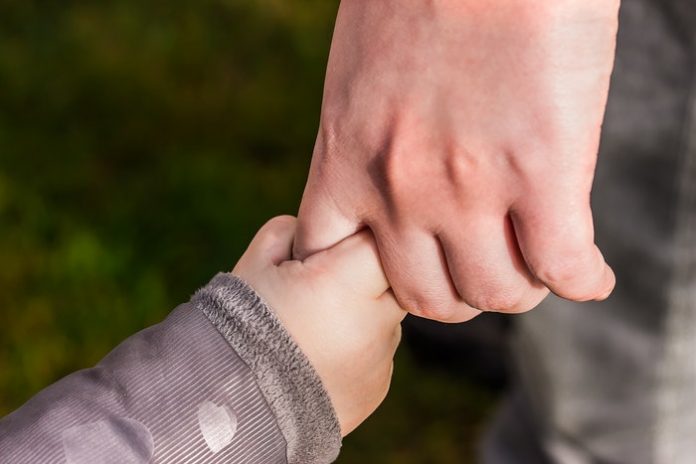Erb’s palsy typically lasts three to six months after a diagnosis, though some cases can last up to a year. Anywhere from 80-90% of children diagnosed with Erb’s palsy will fully recover, but the rest may face permanent disability.
If you’re a parent of a child who has been diagnosed with this condition, there are many things you can do to speed your child’s recovery. With proper care, your child has a good chance of regaining full and complete function of their arm.
What Causes Erb’s Palsy?
Erb’s palsy typically occurs when there are complications during delivery. When a baby is stretched due to a breech birth or if they twist unnaturally while exiting the birth canal, they can suffer damage to the brachial nerve plexus, which is a collection of nerves at the base of the neck that controls arm movements.
A medical caregiver may injure the infant while trying to extract them or if they are negligent. When this happens, you can end up paying for their mistake—possibly for the rest of your child’s life. Click here for more information about why Erb’s palsy is a serious birth risk for babies.
Types of Erb’s Palsy Injuries
There are four different types of symptoms associated with Erb’s palsy.
Neurapraxia
This condition is one in which the nerves in the arm are stretched. This may cause your child to feel a burning sensation, but the nerves will generally return to their normal size within three months. After this the pain will cease, signaling a full recovery.
Neuroma
This is a more serious stretching of the nerve that leaves behind scar tissue. While the nerve itself will return to its normal size, the scar tissue will remain present, impeding a full recovery. This will turn Erb’s palsy into a lifelong condition, and it may hinder your child from obtaining a full range of movement.
Rupture
If a nerve is ruptured, it is split and will not heal on its own. Your child will require surgery to regain full control of their arm. This may require further monitoring even after the procedure is complete as your child grows and develops.
Avulsion
With an avulsion, the arm’s nerve has been completely torn away from the spine. The nerve cannot be reattached at this point, but other surgeries can restore some motion to the arm. However, it’s likely that your child at this point will lose the use of their limb.
How Do I Treat Erb’s Palsy?
Erb’s palsy is generally easy to treat, and it responds well to therapy. You will be able to do many of these treatments on your own with your child at home. However, it’s important that you start them as soon as your child’s doctor says so and that you are consistent with them, as your child is at a critical phase of their physical development.
- Range of motion (ROM) exercises
- Strength training
- Massaging
- Gentle stretching
- Sensory stimulation
In some extreme cases, surgery will be necessary to help alleviate the symptoms of Erb’s palsy, but there remains controversy around this. Consult with a medical professional to determine the best course of treatment for your child.
Can I Get Compensation for Erb’s Palsy?
Erb’s palsy typically occurs due to a mistake made by a medical professional, meaning that it’s often possible to obtain compensation for your child. Many hospitals choose to settle these cases before they go to court.
While Erb’s palsy often can resolve on its own with no lasting damage, it can still cause emotional trauma for parents and children. It can also lead to expensive medical care. In cases where the child is permanently disabled, they may have difficulty working when they are an adult. These are all very good reasons for pursuing a settlement.
Find a Home-Based Business to Start-Up >>> Hundreds of Business Listings.
















































